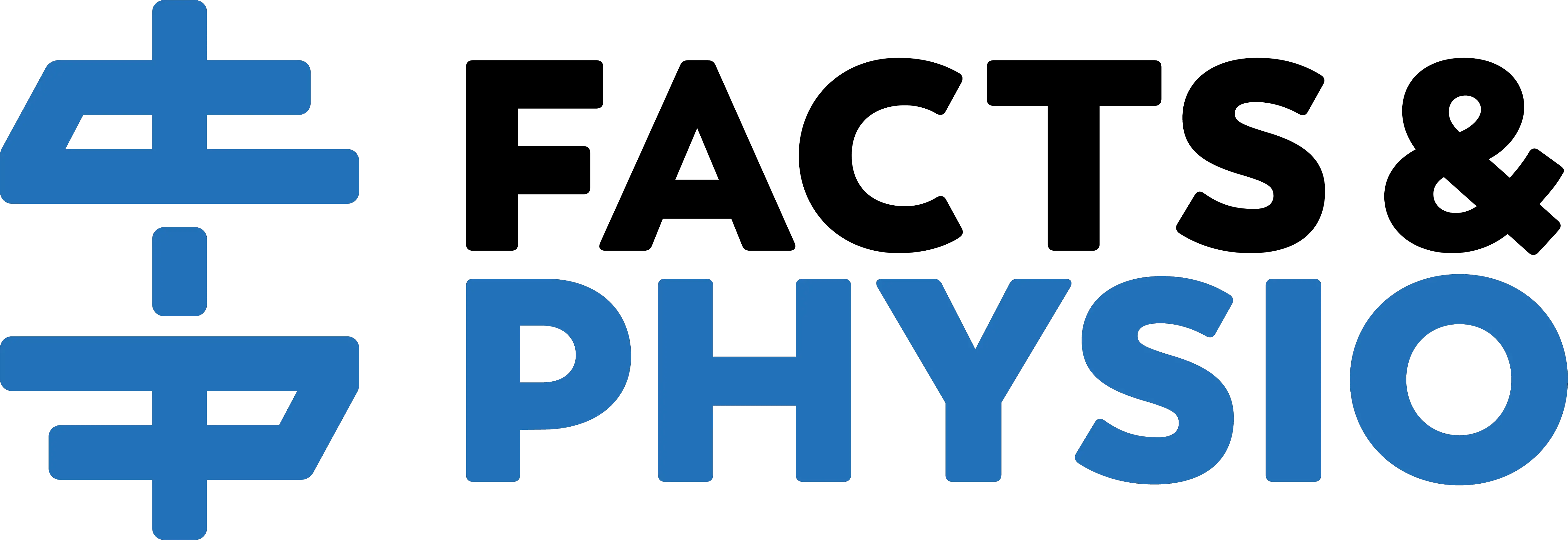Back pain is like the existence of UFOs. It’s hard to pin down. It’s perplexed researchers for decades. And images create more questions than answers.
Science hasn’t solved low back pain. But we’ve learned a lot…probably more than we know about UFOs.

There’s good news and bad news about back pain. I’ll give you the bad news first…
1) Back Pain Affects Almost Everyone
Low back pain plagues 4 in 5 people, affecting 80% of humans during their lifespan. At any moment, 30% of the population suffers from back pain.
Back pain is expensive. And it takes a massive toll on people’s health. Back pain costs society as much as diabetes, headaches and heart disease. HEART DISEASE!

2) No Strong Risk Factors
Predicting low back pain is almost impossible. Research hasn’t identified any strong risk factors.
Not even the common ones you might think of: core weakness, tight hamstrings, and weight gain aren’t closely linked to back pain.
Even crazier? X-ray and MRI findings rarely show the source of the pain. A specific diagnosis is only made about 15% of the time. That’s one reason most bulging discs are no big deal.
3) MRIs Can Worsen Back Pain
A negative result from medical treatment is called an iatrogenic effect. A simple example: your blood pressure goes up simply because you’re at the doctor’s office (also called White Coat Syndrome).
MRIs for low back pain also have iatrogenic effects. Getting an early MRI elevates the likelihood of surgery, slows recovery and increases treatment costs by $13,000.
Current guidelines discourage X-Rays and MRIs in the first 6 weeks of low back pain, except in rare cases. Unnecessary imaging is one of 5 common treatment mistakes for back pain.
4) A Common Source of Leg Pain
Nerves from the lumbar spine power the leg muscles. A pinched nerve in the lower back is the most common source of sciatica. And the lumbar spine often contributes to leg pain.

Research shows that hip pain emanates from the lower back 71% of the time (Rosedale 2020). Skilled physios understand that the lumbar spine can contribute to issues like hip bursitis, knee pain and even plantar fasciitis.
The Good News
Low back pain isn’t sounding good so far…but here’s the good news about back pain:
5) Back Pain is Rarely Serious
Low back pain isn’t a serious medical problem over 99% of the time (Henschke 2009). Serious medical problems include issues like infection, fracture or spinal cord compression.
And back pain has a good prognosis. Within 12 weeks, low back pain resolves in 80-90% of cases. However, flare-ups are common. That’s why I teach clients how to self-treat their symptoms with McKenzie exercises.
6) Back Pain Improves With Exercise
An active rehab approach is key to a quick recovery. Back pain guidelines advise McKenzie exercises, cardio exercise, walking, core strengthening and deadlifts(!) to bounce back from low back pain.

Personally, McKenzie exercises and strength training gave me control over my chronic back pain. Now I can lift weights, golf, and sit with less pain.
7) PT is the Best Starting Point
Early physical therapy is the best treatment approach for back pain. Getting early PT substantially lowers treatments costs compared with waiting to do PT later. A PT-first approach reduces opioid use by 89% and lessens the likelihood of MRIs, injections and surgery (Frogner 2018).
In short, early PT reduces costs and improves outcomes for low back pain.
Back to You
Readers: Have you suffered from back pain? What helped you feel better? Worse? Share your thoughts in the comments.
You can read about my battle with back pain here: factsandphysio.com/my-story
Learn More
Here are a few related low back pain articles:
Are Deadlifts The Best Exercise For Low Back Pain?
Will Losing Weight Fix My Pain?
Debunked: 10 Myths About Low Back Pain
For more evidence-based health insights, join the free Facts & Physio Newsletter. Plus, get The Recovery Checklist when you sign up.

